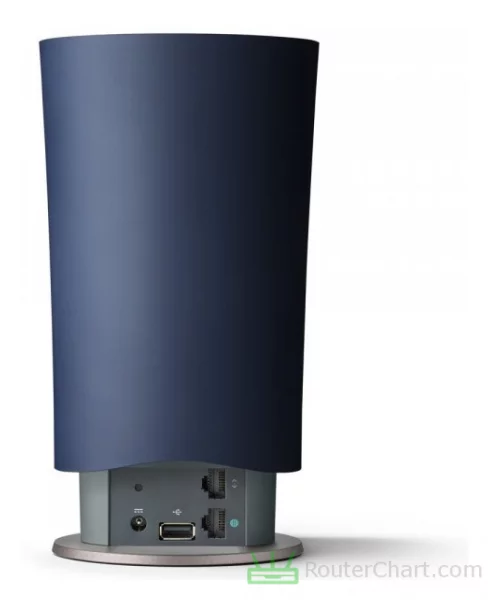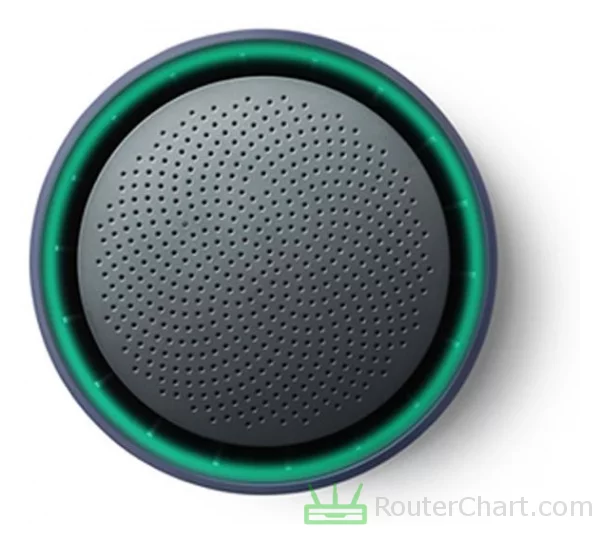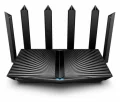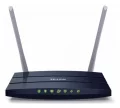TP-Link OnHub Router review
TP-Link introduced the OnHub Router router in 2015. It is powered by Qualcomm Atheros IPQ8064 @ 1.4 GHz chipset, 1024 MB of RAM, and 4 GB + 8 MB of flash memory.
Want to know if the OnHub Router is a game-changer? Keep reading to find out!
Table of Contents
- TP-Link OnHub Router specifications
- Body, dimensions, weight
- System, chipset, RAM, flash, power supply
- Network, protocols, WAN and LAN ports
- Wireless, antennas, speed, security
- Connectivity
- Features
- Links
- Verdict, Pros and Cons
- Photos
- Comparisons
Our personal experiences and opinions form the basis of this article. We aimed to share insights on a topic, and we hoped others would find it useful and inspirational. If you noticed any mistakes or missing details about the TP-Link OnHub Router, please let us know.

The OnHub Router is a versatile router that offers more than basic functionality. It provides a fast network for homes and offices. TP-Link has received awards and recognition for its excellent networking products.
TP-Link OnHub Router specifications
| Brand | TP-Link |
|---|---|
| Name | OnHub Router |
| Type | TGR1900 |
| Rating | |
| Launch | 2015 |
Body
| Dimensions | 90.5 x 104 x 117 mm |
|---|---|
| Weight | 862 g |
If you live in a small apartment, the size of the router is crucial to deciding whether it will fit. The weight of a router can matter in some situations. But it's usually not as crucial as other factors.
System
| Chipset | Qualcomm Atheros IPQ8064 @ 1.4 GHz |
|---|---|
| RAM | 1024 MB |
| Flash | 4 GB + 8 MB |
| OS | Google OnHub |
| Power supply | 12 V / 3 A |
The Qualcomm Atheros IPQ8064 @ 1.4 GHz CPU affects the router's performance, working with RAM and firmware. The amount of RAM in a router affects its performance and ability to handle tasks and traffic.

Network
| Protocols | IPv4 IPv6 |
|---|---|
| LAN ports | 1 x 10/100/1000 Mbps |
| WAN ports | 1 x 10/100/1000 Mbps |
| Mobile network | no |
| VPN support | no |
The OnHub Router router is compatible with IPv6. IPv6 offers many enhancements and improvements over IPv4. This router has Gigabit Ethernet LAN ports. They provide data transfer speeds of up to 1000 Mbps. The OnHub Router ensures that you can use fast internet from your ISP fully.
Wireless
| Antennas | 13 x 2 - 7 dBi internal |
|---|---|
| 2.4 GHz | yes |
| 5 GHz | yes |
| 60 GHz | no |
| Standards | IEEE 802.11a/b/g/n/ac |
| Class | AC1900 |
| Speed | 600 + 1300 Mbps |
| Transmit power | 30 dBm |
| Security | WEP WPA WPA2 |
| Guest network | no |
Many IoT devices, smart home devices, and older Wi-Fi devices mainly use the 2.4 GHz band. This router operates on both the 2.4 GHz and 5 GHz frequency bands. Wi-Fi 5 uses the 5 GHz band. It uses wider channels and advanced techniques to send data faster. The introduction of WPA2 (Wi-Fi Protected Access 2) improved upon WEP. It provides stronger security.

Connectivity
| USB ports | 1 x USB 3.0 |
|---|---|
| Print server | yes |
| File server | yes |
The USB 3 ports provide a fast interface for external storage with data transfer rates of up to 4.8 Gbps. A USB print server lets you connect a printer to your network. Then, computers can print to it without a direct connection. The OnHub Router router lets you schedule backups. You can back up to the connected USB storage device.
Features
| Specials | Bluetooth ZigBee Google Weave Speaker |
|---|
Links
| Official site | https://www.tp-link.com/ |
|---|
Pros and Cons
Every router, including this TP-Link one, has its good sides and not-so-good sides. Let's take a closer look at both to get a full understanding of what this router can do. Just remember, this is just what I think, and you might see things differently.
Pros
- generous memory
- IPv6 capable
- high-speed LAN port
- high-speed WAN port
- works on 5 GHz band
- decent Wi-Fi performance
- USB 3 compatible
- printserver functionality
- fileserver operation
Cons
- insufficient flash
- missing Wi-Fi 6 support
- incompatible with WPA3
- missing WPS support
TP-Link OnHub Router photos




TP-Link OnHub Router comparisons
We've noticed that many of our visitors like to compare the TP-Link OnHub Router router with these popular models.
If there’s information about the TP-Link OnHub Router that you would like to see on this site, then write to us.
Updated: May 25, 2024





